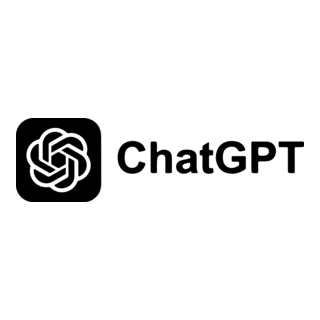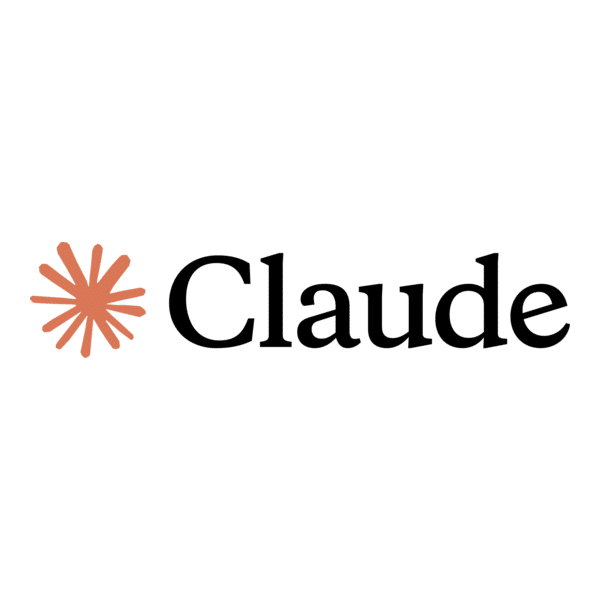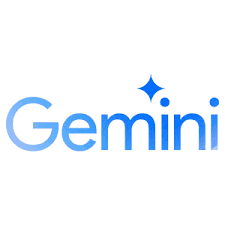
How We Do It at IKEA: Combining Deep Ethnography with Cutting-Edge AI
By Ipsos, IKEA
- article
- AI
- Artificial Intelligence
- Search Insights
At the ESOMAR Congress in Prague, September 2025, we shared some details of a project that combined deep ethnographic research with cutting-edge AI. More importantly, it’s a project that was rooted in empathy, understanding, and a genuine desire to create a better everyday life for the many people.
Consumer-Fed, Not Consumer-Led
In the Insights Team at IKEA, we say we want to be consumer-fed, not consumer-led.
In this project, we wanted to get a feed of consumer insights by looking into the flow of their everyday home life, to understand the meaning of the home, and to learn about their storage and organisation practices. How are people storing their stuff? Do they have storage solutions? How do they organise them?
We also wanted to understand space, storage, and relationship dynamics. What happens with household members? How do they interact with each other? And then of course, very, very importantly, the cultural and regional differences.
In many ways, this was an anthropological research challenge. We needed to dig deep to understand fully what’s happening within the home, to understand their lives, their needs and dreams.
Creating a Research Cyborg
The research plan was focused on empathy. We visited 72 different homes around the world for in-person ethnographic research.
Then we combined it with additional data using a tool called Vision AI. We asked people in 100 separate locations to send us 30 pictures of their home, and we used AI to analyse those 3,000 photos.
Combining the direct experience of those ethnographic visits and the AI analysis of all of those in-home images gave us what we call our research cyborg.
What People Say, What People Do, and What People See
The gap between what people say and what people do is now widely understood in the research industry. But there’s a third component to this that is often neglected: what people see.
What one person sees actually influences them in a very different way to what another person sees. As ethnographers go into homes, we are able to see things that are incredibly important and that should act as our data as well.
When we take product designers from IKEA into people’s homes, they can see things the residents who live there might not even notice – and these inspire new solutions.
We always make sure that we reflect what people see in our data collection: we compare what people say and what people see. We also understand subcultures by looking at what people do compared to what they see. This kind of analysis helps us get a much deeper cultural understanding.
Understanding Storage and Organisation
Our ethnographic visits helped us build a rich understanding of storage and organisation in homes around the world.
In India, for example, we saw families storing things for the future, for their kids when they get older.
In China, we saw multi-generational homes that might seem cramped to some people, but in fact are incredibly well-organised. If you have several different generations using the same space, they all need to know where everything is.
These insights helped us develop an analysis grid with a framework to map storage behaviours along organisation/disorganisation axes. Using this, we could start to map what was happening in various different places.
The grid was also fed into the AI to analyse the 3,000 photos. It helped to train the model on what storage means and what organisation means to different audiences. We used an enterprise version of Google Gemini to do that. It gave us the data to build our research cyborg.
Bring the Insights to Life
IKEA uses two digital platforms to store and share insights.
The first one is Open Home, where we collect all the home visits that IKEA is doing in one common place, so all IKEA colleagues can access it. We uploaded all the home visits that we did in this project.
The second platform, launched quite recently, is where we collect all the research we do in one place. It is structured into topic-based Knowledge Zones, and we developed one of these around storage and organisation with the insights from this project.
It’s nothing like a static PowerPoint presentation. It is highly dynamic, and our stakeholders can navigate, visit the type of rooms they are interested in, and dig deeper by connecting back to Open Home. For example, clicking on one photo in this Knowledge Zone – say a kitchen in Tokyo – would transfer you to Open Home, where you could see hundreds or thousands of other kitchens.
On top of the digital solutions, we also held several workshops to share the insights, video materials and stories. Our role is to make sure that we create empathy with our colleagues for these consumers, because they need to join us in understanding their lives.
Creating a Better Everyday Life for the Many People
Combining traditional ethnography with AI, we learned things that we wouldn’t see or learn otherwise. It allowed us to be much more efficient at analysing the content of all those photos, but it also helped to surface fresh insights.
For IKEA, the most important thing is that we’re taking these insights and using them to create a better everyday life for the many people. It’s not just beautiful research, it’s research that changes lives, solves real problems, and brings IKEA closer to understanding the people we serve.






